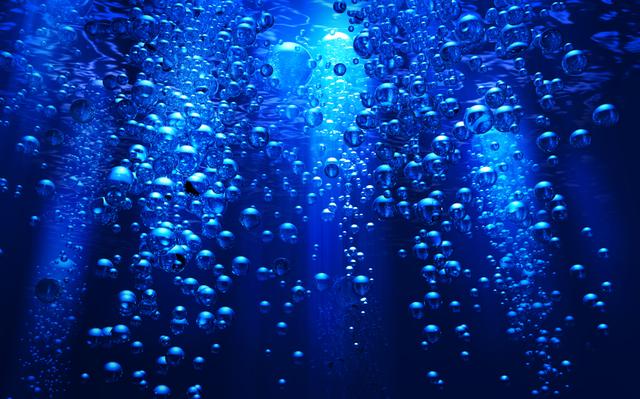| Complexity level: | 5 |
| Time required: | Does not include time required to obtain a water quality kit, which may be purchased online or at an aquarium shop. |
| Safety concerns: | This science fair project involves an electric aquarium heater and water as well as chemicals contained in the water quality kit. Appropriate care should be taken to avoid injuries. |
Overview
Scientific Terms
Materials
Procedure
Related videos
Hey there! Here are some awesome videos about this science project that we think you'll really like. They're not only super fun, but they'll also help you learn more about the science behind the project. So sit back, relax, and get ready to have some fun!!

